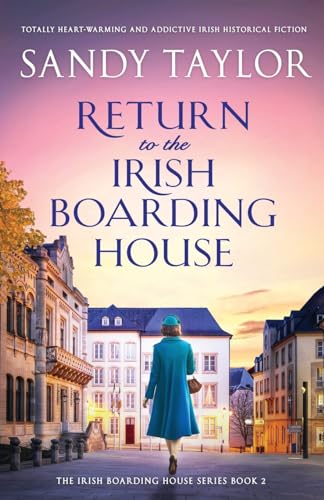Return to the Irish Boarding House
In Dublin, 1956, Mary Kate Barry is mourning the unexpected loss of her husband. Recognizing that Mary Kate is deeply depressed, her best friend, Moira Kent, encourages her to reopen the boarding house for single women whom society scorned—a suggestion that breathes life back into Mary Kate.
Featuring no fewer than eleven point-of-view characters, the book struggles to latch onto a cohesive plot and is instead a series of connected vignettes. Among others are Nell, a pregnant sixteen-year-old from the countryside, Cathy, a young lady who’s pregnant by a married man, and Bridie Toomey, a middle-aged woman who’s hiding a different type of secret. Each character faces challenges, but they’re always resolved within just a few pages. About halfway through, Moira’s adopted daughter, Abby, winds up in peril, and it seems the book is finally getting a throughline of conflict, but this dilemma is also conveniently settled mere pages later.
The novel also struggles with characterization. First, Mary Kate is overly kind with no apparent flaws. More concerning, though, is the use of a developmentally disabled young woman as comic relief. Her naïve and frank observations of the world are, I’m sure, intended to be endearing, but come off as mocking of her disability.
One highlight of the book, however, is the nuanced depiction of Irish nuns. While a group of cruel nuns does play a role in the life of one of the characters, there are multiple examples of nuns being kind to the young women who come through the boarding house—a depiction often missing in literature of this nature. But overall, it’s not enough to save the book. Readers looking for a story with none of the messiness of real life may enjoy this, but all others will want to take a pass.










